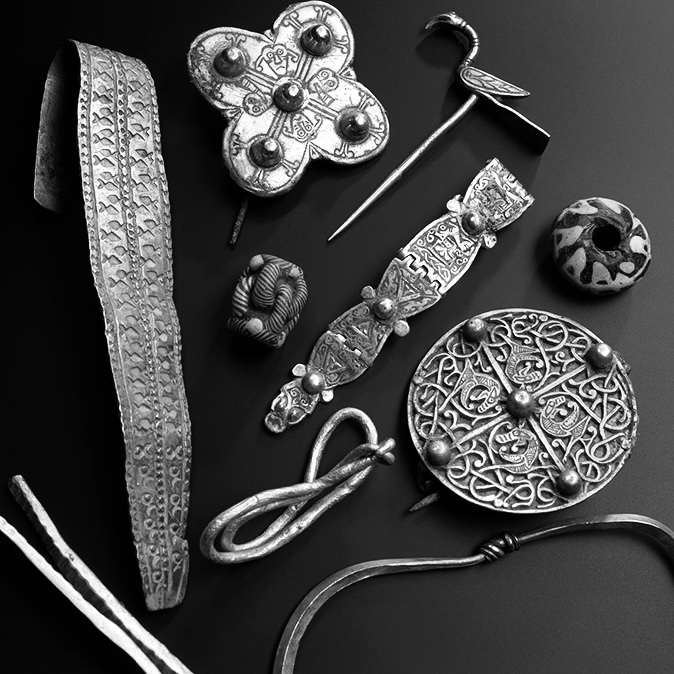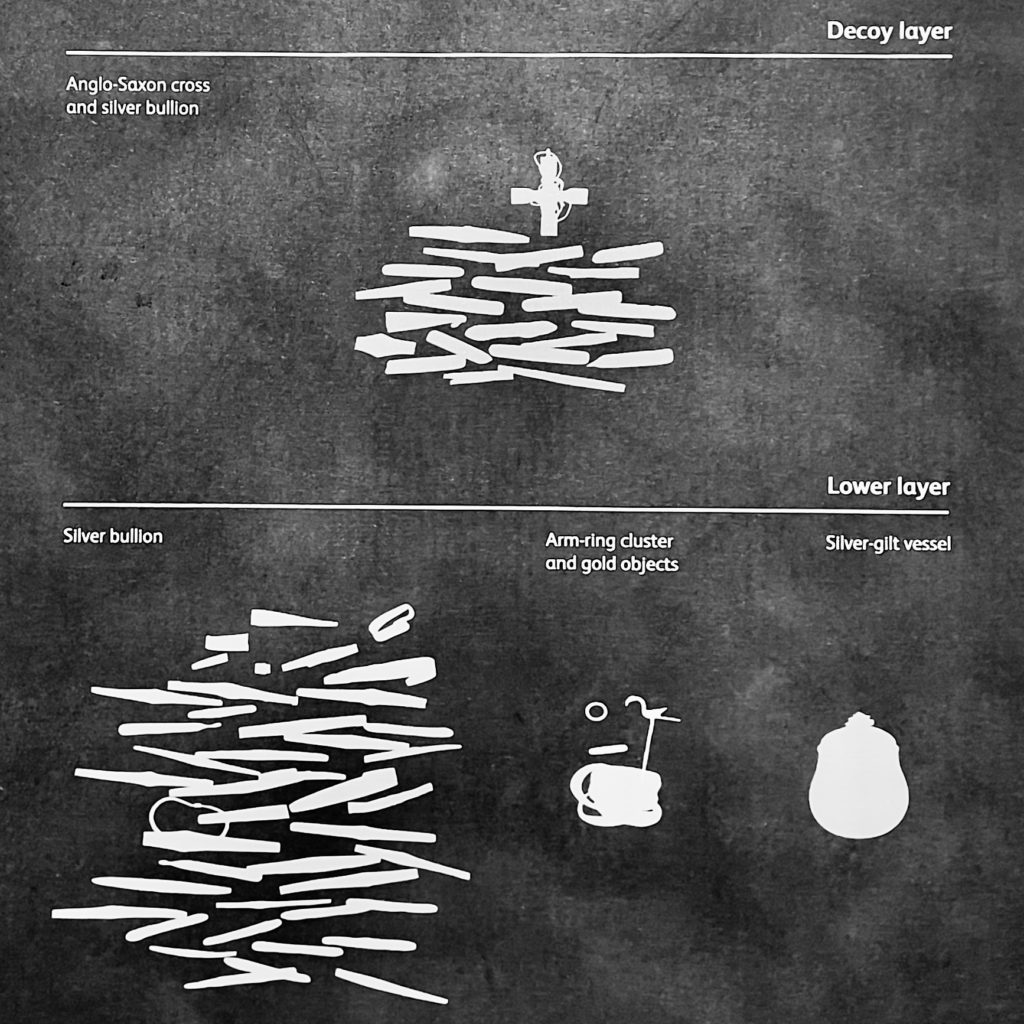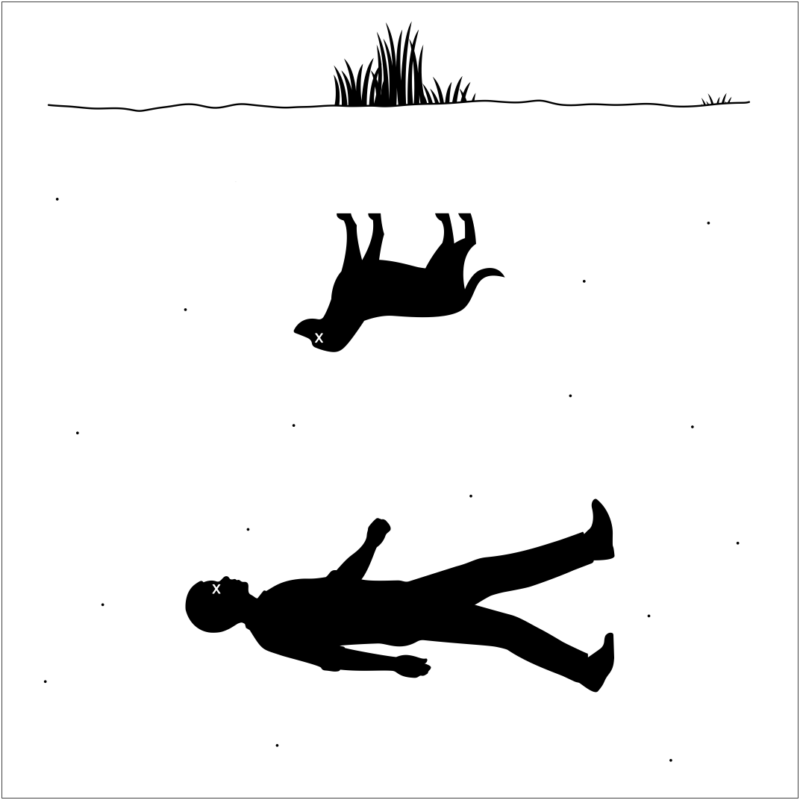If you want to hide a dead body, you might consider burying it six feet underground, with a dead dog buried directly above it at a more shallow depth. This way, when sniffer dogs lead investigators to the burial site, subsequent exploration will uncover the dead dog. This discovery helps explain away the sniffer dog’s indications and will likely terminate the investigator’s search process.
The Dead Dog Strategy is a variation of the Einstellung Effect, in we seek to establish solutions to problems as efficiently as possible. Giving searchers what they are looking for is one means to stop them from searching further. After all, why would you continue to expend energy searching for something you have already found?
I recently came across an example of the Dead Dog Strategy at an exhibition of the Galloway Hoard, a collection of some of the rarest and most unique Viking-age objects ever found in the UK.

The Hoard was buried in two distinct layers. The first comprised a decoy layer of silver bullion and an Anglo-Saxon cross. Hidden beneath this was another layer that contained more than double the quantity of silver, a box of objects made from gold, and a lidded, silver-gilt vessel that held a remarkable collection of jewellery.

Essential characteristics that make the Dead Dog strategy effective include:
- The decoy is of sufficient payoff that it is credible.
- The target has to work to acquire the decoy.
- The physical or cognitive distance between the decoy and the prize is sufficient to discourage further searching.
The Dead Dog strategy has applications in areas such as cyber defence, diamond transportation, sacrificial moves in chess, false solutions in magic, and dummy endings in works of fiction.


